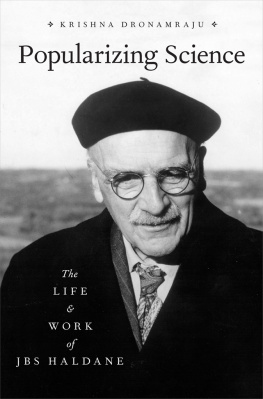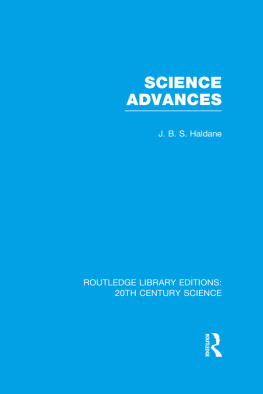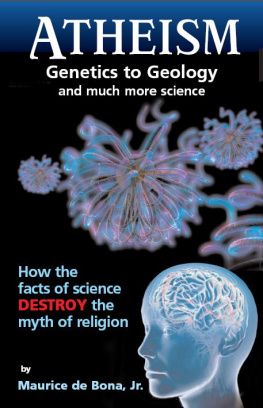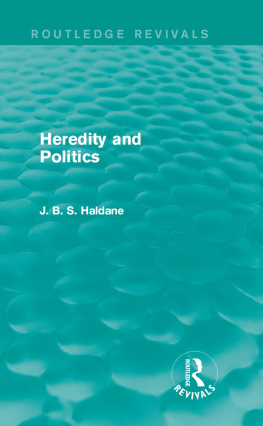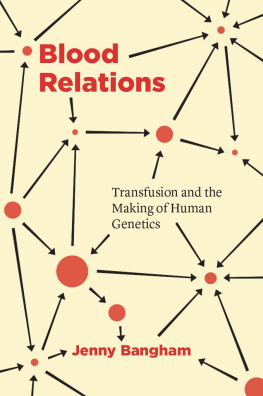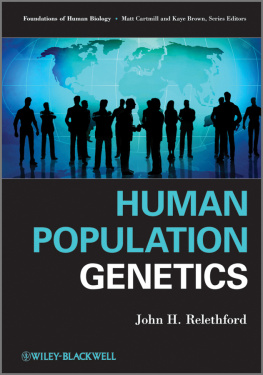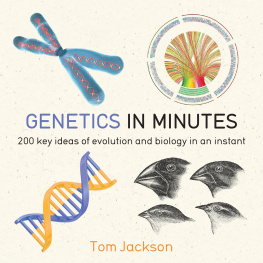Popularizing Science

Oxford University Press is a department of the University of Oxford. It furthers the Universitys objective of excellence in research, scholarship, and education by publishing worldwide. Oxford is a registered trade mark of Oxford University Press in the UK and certain other countries.
Published in the United States of America by Oxford University Press
198 Madison Avenue, New York, NY 10016, United States of America.
Oxford University Press 2017
All rights reserved. No part of this publication may be reproduced, stored in a retrieval system, or transmitted, in any form or by any means, without the prior permission in writing of Oxford University Press, or as expressly permitted by law, by license, or under terms agreed with the appropriate reproduction rights organization. Inquiries concerning reproduction outside the scope of the above should be sent to the Rights Department, Oxford University Press, at the address above.
You must not circulate this work in any other form and you must impose this same condition on any acquirer.
Library of Congress Cataloging-in-Publication Data
Names: Dronamraju, Krishna R., author.
Title: Popularizing science : The life and work of JBS Haldane / Krishna Dronamraju.
Description: Oxford ; New York : Oxford University Press, 2016. | Includes bibliographical references and index.
Identifiers: LCCN 2016015631 | ISBN 9780199333929 (alk. paper)
Subjects: | MESH: Haldane, J. B. S. (John Burdon Sanderson), 18921964. | Genetics, Population | Biological Evolution | Biography
Classification: LCC QH455 | NLM WZ 100 | DDC 576.5/8dc23
LC record available at https://lccn.loc.gov/2016015631
I am pleased to dedicate this book to the late Naomi (Nou) Mitchison and her son, Professor Avrion Mitchison.
CONTENTS
It is a pleasure to express my gratitude to the late Naomi (Nou) Mitchison, JBS Haldanes sister, for much family information and photographs as well as a Foreword to my previous book on Haldane in India. I am happy to dedicate this book to Nou and her son Avrion, who is a dear friend. I am also grateful to Av (Professor Avrion Mitchison) for numerous discussions and conversations over several decades that have benefited my thoughts and writings on Haldane.
Haldanes colleagues who were helpful in past discussions include Lionel Penrose, John Maynard Smith, Cedric A. B. Smith, Hans Kalmus, Harry Harris, N. W. Pirie, and M. S. Bartlett. It would be a serious omission not to mention the benefit and pleasure I have received in numerous discussions with my friend at the University of Wisconsin, James F. Crow, and his colleague Motoo Kimura (both now deceased)undoubtedly the leading exponents of mathematical population genetics. I also acknowledge my debt to Ernst Mayr, who was most generous in his comments on Haldanes contributions to evolutionary biology in numerous personal conversations. Although occasionally disagreeing with Haldanes views, Mayr characterized Haldane as the most brilliant person I ever met in my life (Dronamraju, Haldane, Mayr and Beanbag Genetics, 2011).
It also gives me much pleasure to acknowledge my debt to Elof Carlson, formerly of SUNY and now at Indiana University, for many discussions and comparative interpretations of Haldanes scientific work with that of his mentor, Herman J. Muller, over several decades. Professor M. S. Swaminathan has been a valuable friend and colleague, whose commentary on Haldanes scientific work over the years has been most helpful.
The late Sir Arthur C. Clarke provided stimulating discussions and commentary on the futuristic writings of Haldane.
I thank Michele Wambaugh for many helpful discussions and suggestions that have enriched the book.
I also acknowledge the assistance of archivists and staff of following organizations: University College London; Wellcome Trust Library; Rockefeller Foundation, Sleepy Hollow, New York; Chemical Heritage Society in Philadelphia; and the Indian Statistical Institute Library in Kolkata.
For photographs, I am grateful to the following: Naomi Mitchison, Jim Watson, Klaus Patau, and the Indian Statistical Institute.
Haldane: A Life of Science and Controversy
John Burdon Sanderson Haldane (JBS) was a brilliant scientist, a polymath who made important contributions to several sciences while possessing no academic qualifications in any branch of science. He was an unforgettable character who was noted for his gallantry and readiness to help others. Haldane lived a richly diverse and fulfilling life. It was filled with controversies and contradictions, including some self-made crises. Yet, because of his great intellect and knowledge, much was expected of him. His broad multidisciplinary knowledge and outlook helped to forge new scientific disciplines, such as population genetics, biochemical genetics, and immunogenetics as well as a new theory of the origin of life. Broad knowledge of several disciplines enabled Haldane to cross-fertilize on the intellectual plane, which has made the world a richer place today.
Haldanes ancestors excelled in politics, science, and literature. Haldane is an ancient Scottish surname dating back to around the twelfth century. His uncle was Viscount Haldane, who served as secretary of state for war and chancellor of the Exchequer. His father, John Scott Haldane, a respiratory physiologist at Oxford University, contributed much to improve working conditions for miners and divers. The younger Haldane was trained in science and physiological experimentation from an early age by his father.
Haldanes sister, Naomi Mitchison (18971999), was a distinguished and prolific author of numerous books on politics, travel, biography, and Scottish history.
Haldane identified himself with the working man. He possessed a prodigious memory, which enabled him to continue his popular writing while traveling without the need to consult any references. He often attracted the attention of the popular press, which followed him to record his quips and comments on various topics that interested him.
Starting in 1924 Haldane published a series of papers on the mathematical theory of evolution, which is generally recognized as his most important contribution to science. Simultaneously, Haldane was involved in teaching and research in biochemistry, especially enzyme kinetics, and wrote the first book on the subject, Enzymes.
Following in his fathers footsteps, Haldane conducted a series of physiological experiments, testing the safety limits of breathing various poisonous gases. He was his own guinea pig in these dangerous experiments, which caused much pain and convulsions. Later, Haldane turned his attention to even more dangerous experiments when he was invited to investigate the loss of a submarine resulting in the death of many sailors. These experiments are described in the chapter On Being a Guinea Pig.
Haldanes ideas impacted significantly on several other fields, including biometry, cosmology, animal behavior, cybernetics, origin of life on planet earth, epidemiology of infectious diseases, radiation effects, science in India, nonviolent biological research, popularization of science, and ethics.
Haldane suffered two major crises in his life; one was personalwhen he wanted to marry Charlotte Franken, who was already married, and underwent a sensational trial with lurid details about his sex lifeand the second was of a political nature, when he had to confront the suppression of genetics in the Soviet Union. Both crises are discussed in detail in this book.

